Rudbeckia and its cultivation

It will be very important for flower growers to understand rudbeckia and how it differs from echinacea. Having understood the main features of the culture, you can proceed to planting a flower and caring for it when grown in the open field. Additionally, you should learn how to plant seeds for seedlings.

general description
Rudbeckia is a genus of herbaceous plants. They can have a one-year, two-year, or multi-year development cycle. This genus belongs to the Aster family, otherwise called Compositae, and has up to 40 different species. The natural range of rudbeckia is North America, and it is often found on the prairies. Feral decorative types can be found on the European and African continents.

The name of the garden flower was given by the famous Carl Linnaeus and is dedicated to the memory of other Swedish botanists. The relatives of the rudbeckia are:
- the well-known yarrow;

- ageratum;

- ragweed;

- aster;
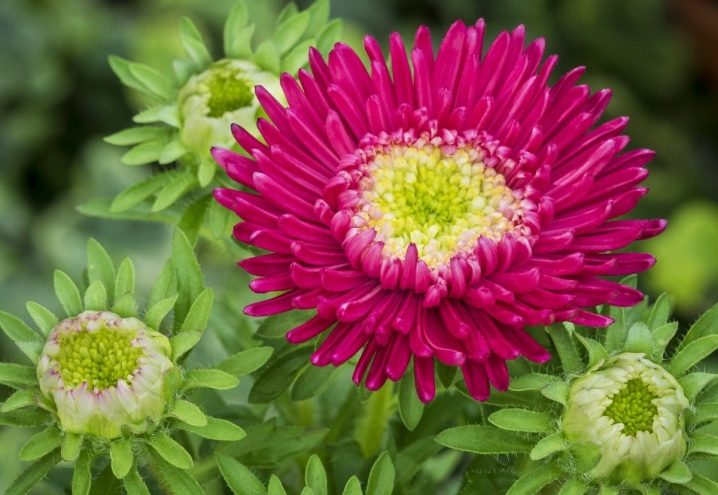
- edelweiss;

- cat's paw;
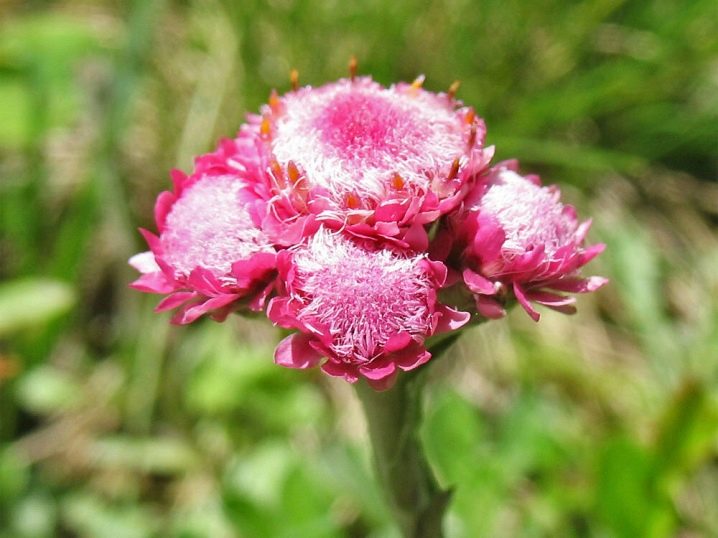
- navel;

- burdock;

- arnica;

- chamomile;

- tansy;

- daisy.

Rudbeckia is markedly different from echinacea. Both plants are native to North America, but echinacea is much less resistant to dry periods. The difference also applies to the color of the petals (in echinacea they are purple or crimson, while in rudbeky they are orange, yellow, brown-red). Rudbeckia shoots are both straight and branched. They are characterized by hard pubescence.
The height of the shoots is usually from 30 cm. In some cases, it exceeds 2 m. The leaves have a pinnate or pinnate structure. In shape, they resemble an oval, sometimes not simple, but slightly elongated in length. In the lower sections of the shoots, foliage develops on petioles, and sessile leaf blades appear at the top.


Around the middle of summer, rudbeky bushes are covered with baskets with a section of 100-150 mm. They are created from reed flowers. The center of the basket is made up of tubular flowers. Thanks to them, a convex "cap" is formed.
A large number of baskets last from 45 to 60 days. When they have bloomed, many small gray seeds will appear. The germination capacity of such planting material lasts from 2 to 3 years.
There are other nuances that affect how rudbeckia looks like, what features it has. So, flowering starts in the very first summer days and ends only in late autumn. Foliage is placed randomly. It is also worth emphasizing the unpretentiousness of the plant itself.

Types and varieties
Hairy rudbeckia is an annual or biennial crop. It is characterized by stems about 1 m high. The whole basal leaves are of the petiolate type. The section of basket-like inflorescences reaches 10 cm. The formation of yellow petals is characteristic. In culture, this plant is represented mainly by low-growing varieties, including:
- Toto Rustic;

- "Indian summer";

- "Marmalade";

- Goldflamme.

Two-tone rudbeckia is an attractive choice. It is a bushy species 25-70 cm high. Its stems are intensely pubescent, and the leaves are lanceolate. The inflorescences reach a section of 6 to 8 cm. The flowering period begins in June, and then it lasts until the arrival of a thorough frost.
The most famous varietal type of two-colored rudbeckia is "Herbstwald"... Its height does not exceed 0.5 m. The size of the inflorescences can be up to 7 cm.The ligulate reddish-brown and tubular black flowers are very attractive. The culture is of a completely upright type.

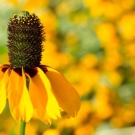
Triloba blooms magnificently, but only for a short time. Its growth varies from 1 to 1.4 m. The leaves at the bottom have a three-lobed structure. On the stems, the foliage is oval, rich green color. The inflorescences are relatively small, the flowers in them are painted in 2 different tones.
A grasping rudbeckia can grow up to 0.8 m. For her, the opposite arrangement of leaves is typical. Sedentary bare leaflets have an oval or elongated-sharp shape. The tubular ligulate flowers are invariably pretty. A receptacle up to 3 cm high acts as a support for them.
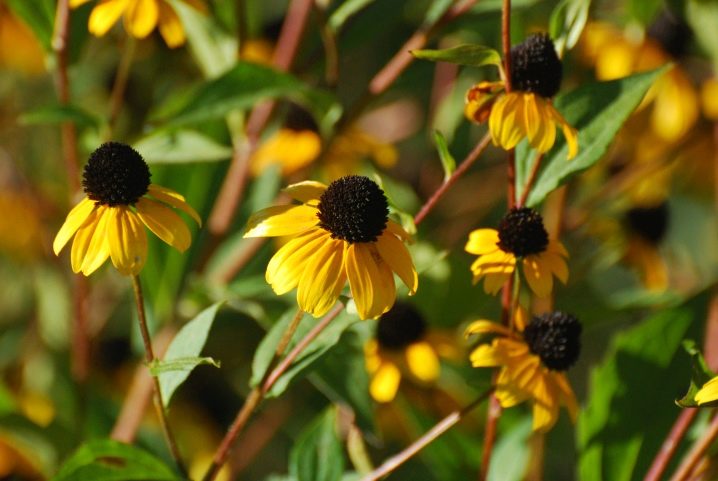
Perennial red rudbeckia is primarily a variety with a characteristic name "Red Umbrella". Its features:
- height - up to 0.9-1 m;
- upright stems with pronounced roughness;
- large (up to 0.15 m) basket-like inflorescences;
- purple-pink ligulate flowers.

Rudbeckia purple with white flowers is, for example, "White Swan"... This type with a height of up to 70 cm is perfectly perceived in a group planting. It blooms in July, August and September. Large inflorescences in the shape of a basket will definitely delight those who plant such a crop in a lighted place in fertile land.

May look great "Gloriosa Daisy"... This mixture produces large and vibrant flowers. The height of the stem reaches almost 90 cm. The flowers themselves can have a variegated or monotonous color, flowering covers the period from June to September inclusive. Like other varieties of rudbeckia, this one prefers sunny fertile lands.

Variety "Goldilocks", aka "Goldilox" (transcription from the English name), has baskets with orange petals. They reach a section of 10 cm. Stems grow from 40 to 60 cm. Such an annual looks very attractive. He is no different with whimsicality.
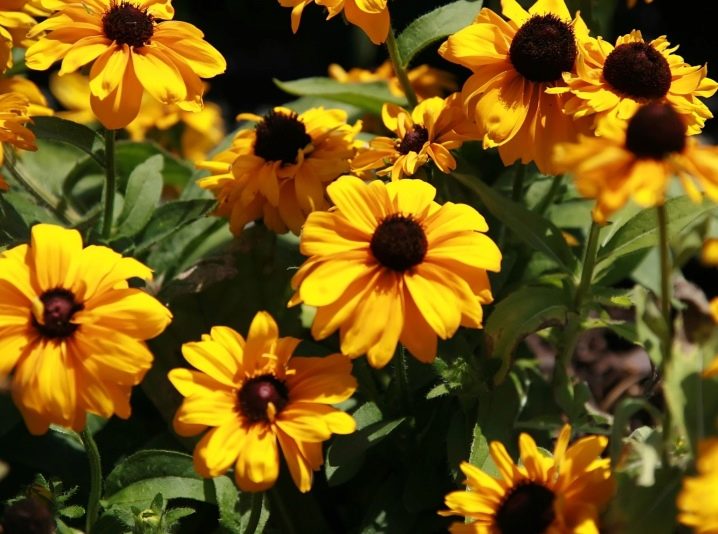
Landing
This plant can live in any area, almost regardless of the type of soil. However, good drainage and fertility are important for him. It is recommended to sow seeds and plant ready-made seedlings in organic-rich soils. If this saturation is not enough by default, it must be provided additionally. If possible, you should choose moderately acidic loose sandstone - this is ideal for rudbeckia.
Sowing seeds in open ground should be done in May or June. It is advisable to plant them on seedlings during February-March.
Transplanting into open ground should be done as soon as the plants reach a height of 10 cm. It must be remembered that a certain minimum distance must be maintained between the seedlings, otherwise it will be necessary to thin out the plantings. Planting in open ground is possible during the entire growing season, with the exception of particularly hot periods.

Growing care
Watering
To grow a plant outdoors, it will need to be watered regularly. This is done taking into account, first of all, weather conditions and the state of the soil, and not some calendar norms. Caring for the moisture content of the substrate is very important. In dry periods, seedlings will have to be watered several times a week. Important: you should wet the soil, not the foliage or trunk.

Top dressing
In the summer, such a flower definitely needs fertilization. Usually a combination of nitroammophoska with Agricola-7 and potassium sulfate is used. Small doses of this mixture are diluted in water. For 1 sq. m use 3 liters of liquid. Top dressing is carried out every 15 days; when growing in a pot, the approach is about the same.

Transfer
The need to transplant rudbeckia arises 6-7 years after it is in one place. The main method is dividing the bush. Terry rudbeckia are propagated only in this way, since the seeds cannot be expected.
You cannot engage in a transplant when an active set of green mass begins. During the flowering period, this procedure is even more prohibited.

Pruning
Such manipulation is performed in preparation for wintering.The stems at this point are cut at the root. It will be very important to remove dried and faded inflorescences in time. Thanks to this, the formation of new buds is activated. It will be possible to count on flowering until autumn.

Reproduction
For the most part, rudbeckia is propagated by seeds. For seedlings, a substrate is used from a mixture of peat and sand. Sometimes self-seeding seedlings are simply selected and transplanted to the right places. But perennial varieties must be bred by dividing the rhizomes. This procedure is carried out in the fall or at the very beginning of spring.

Diseases and pests
Rudbeckia are distinguished by an excellent level of immunity. However, sometimes you have to fight powdery mildew with one percent copper sulfate. Brown spots on the leaves are often influenced by the leaf nematode. Such a pest is eliminated with the help of Basamil. In some cases, the drug "Nematofagin" is used.
Heavily infected plants will only have to be dug up and burned. You cannot use them for compost. The earth in problem areas is thoroughly dug up and spilled with a strong solution of potassium permanganate. Larvae and caterpillars perforating foliage must be collected by yourself. The culture is treated with a fungicide of its choice.

How to collect seeds?
This should be done during the daytime. It is very important to be dry at such moments. Not only rain, but even fog can be dangerous. Moistened baskets rot very easily and quickly. The optimal period for harvesting is the first third of autumn.
Inflorescences must be thoroughly dried. This is correct, even if they are completely dry on the bush. It will take about a week to dry the inflorescences. In the dried state, the seeds are laid out in fabric bags. They can be stored for up to 36 months at room temperature.

Application in landscape design
Rudbeckia is excellently used in a rustic-style flower bed. It adds a fair amount of ease to the site. With the help of a North American guest, they decorate the ridges and terraces. They plant it for decorative purposes and on balconies. Rudbeckia is also an excellent solution for solitary plantings.
It can also be planted in a group. This culture is often kept in tubs and flowerpots, making it easier to move around as needed. Alternative placement - the background of the mixborder.
It is worth considering that rudbeckia can overshadow other plants too much, and only bright, catchy crops should be used with it.
Good companions are:
- aster;
- coreopsis;
- white phlox;
- monards;
- Gaillardia;
- Chinese reed;
- blue sage;
- reed grass;
- chrysanthemum.

Tall types of rudbeckia are used to decorate buildings and fences, retaining walls. In the vicinity of cereals, this culture forms airy compositions. Low-growing varieties with lush foliage are often planted on the edge of a flower garden. In large garden plots, rudbeckia is used as a monoculture for lawns. This "sunny meadow" is not only beautiful, but also attracts many pollinators.








































































































The comment was sent successfully.